After lunch, we headed west on US 60 - up the hill:
To the high desert plains – Plains of San Agustin:
To the Very Large Array:
First some information from the internet:
Key science
The VLA is a multi-purpose instrument designed to allow investigations of many astronomical objects, including radio galaxies, quasars, pulsars, supernova remnants, gamma ray bursts, radio-emitting stars, the sun and planets, astrophysical masers, black holes, and the hydrogen gas that constitutes a large portion of the Milky Way galaxy as well as external galaxies. In 1989 the VLA was used to receive radio communications from the Voyager 2 spacecraft as it flew by Neptune. It is not, despite depictions in popular culture, used to assist in the Search for Extra-Terrestrial Intelligence (SETI). (Bummer!)
How Does it Work?
The VLA is an interferometer; this means that it operates by multiplying the data from each pair of telescopes together to form interference patterns. The structure of those interference patterns, and how they change with time as the earth rotates, reflect the structure of radio sources on the sky: we can take these patterns and use a mathematical technique called the Fourier transform to make maps.
Who Uses It?
The VLA is used primarily by astronomers from around the world. It's also occasionally used for atmospheric/weather studies, satellite tracking, and other miscellaneous science.
In popular culture
The image of the VLA has become nearly iconic in American culture, though most persons do not know where it is located or what exactly it does. But it has appeared repeatedly in pop culture since its construction.
- The VLA is the setting for the beginning of the 1984 film 2010. Here the Soviet scientist Dmitri Moiseyevich meets with Dr Heywood Floyd to suggest a joint mission to Jupiter.
- For the 1997 film Contact, much of the outdoor footage was shot at the VLA site with the number of dishes visible on screen artificially increased by CGI, and the canyon depicted as being in the vicinity of the VLA is actually Canyon de Chelly in neighboring Arizona.
- In the 2009 science-fiction film Terminator Salvation, the VLA is the location of a Skynet facility. At the beginning of the film the site is attacked by Resistance forces.
- New Jersey rock band Bon Jovi shot the music video for "Everyday", at the VLA and a "dish" can be seen on the cover of the album Bounce. Likewise Matt Harding can be seen dancing at this location in his second video.
- The cover for the Night Ranger album Dawn Patrol, the Dire Straits album On The Night, and the At the Drive-In album In/Casino/Out feature the VLA.
- The VLA featured prominently in Carl Sagan's 1980 documentary Cosmos: A Personal Voyage.
- The VLA features in plans to save the world from satellites being pulled from orbit in the second volume of the comic book series G.I. Joe: America's Elite published by Devil's Due.
- The VLA could be visited in Auto Assault, a massively multiplayer online game that was set in post-apocalyptic America.
- In the British Broadcasting Corporation series "Luther", Alice Morgan states that she has always wanted to visit the VLA.
- The VLA appears at the beginning of the movie Transformers: Dark of the moon, incorrectly shown as existing before it was actually constructed.
- It also appears in an episode of Transformers: Prime, when the Decepticons intend to use it to help aim a long-range teleporter to Cybertron.
- In Arthur C. Clarke's novel, Imperial Earth, the male protagonist's estranged bisexual male lover is killed when one of the VLA telescopes' elevation gear suddenly activates.
A link for more information: http://www.vla.nrao.edu/
On the first Saturday of every month, they offer guided tours – what a lucky time to be here.
Our tour guide:
The control operator:
In the pictures, notice the different positions of the antennae – I will tell you more later.
Did you see the person in the above pictures – what a comparison!
As we walked around on the tour, we kept noticing all the antennas moving in all different directions – very exciting to watch those big boys all moving at the same time. But it was a little confusing since my research told me that they did not move that often. When we got to the control room, we found out that they was a software problem and the operator was moving them to isolate the problem. Glad we were there to see them all move.
Each of the antennae is moved by rail. The VLA is set in a Y formation and each of the arms of the Y extend 13 miles in each direction. The antennae sit on 4 concrete pillars that are spread out along the rail lines. I asked how far apart are the pillars and was told it depends. At the end of each line, the pillars are over a mile apart. Near the center (above), they are much closer – it just depends on what they want to do.
The mover:
I LOVE this picture – reminds me of Jodie Foster in “Contact”:
Another great time:
We also visited the museum on site. If you are in this area, I highly recommend a visit. They are open almost every day for a self guided tour but we really enjoyed the guided tour since we were able to go into the buildings and control room. (Guided tours are offered the first Saturday of every month.)
Heading back, we made a stop at Water Canyon Campground – A National Forest Campground. It looked like it was mostly for smaller RV’s but it was a beautiful area.
Just talking a stroll:
The plains:
Back in Socorro, we stopped at the Socorro Springs Brewing Company for a brew and a pizza. We tried a couple different brews and all were good.
What a wonderful day!
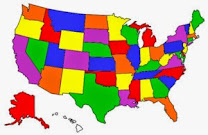


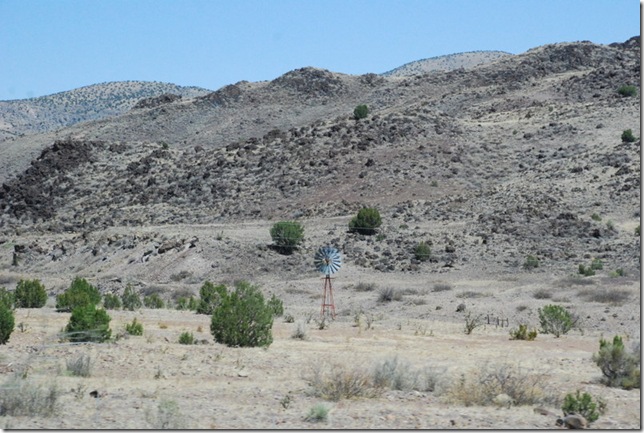
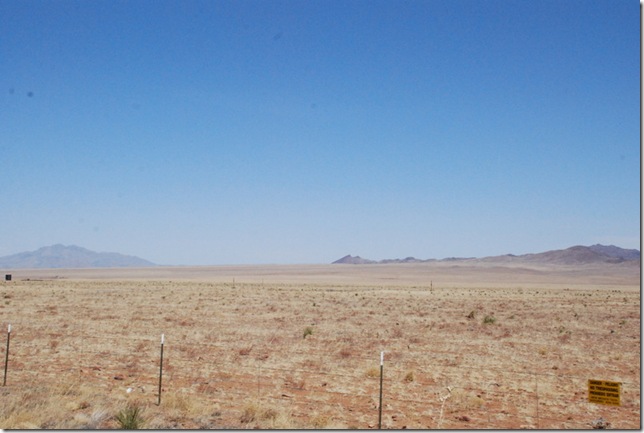
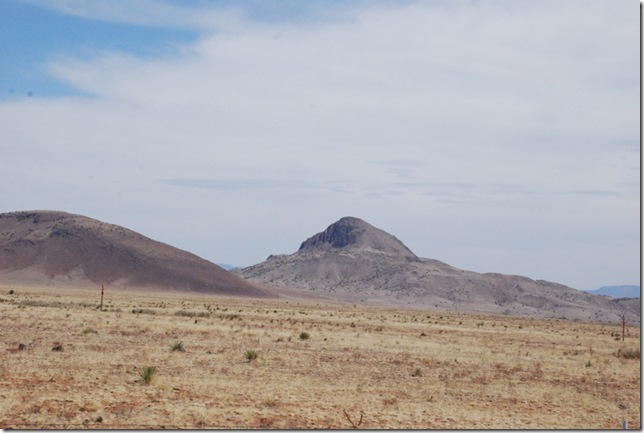

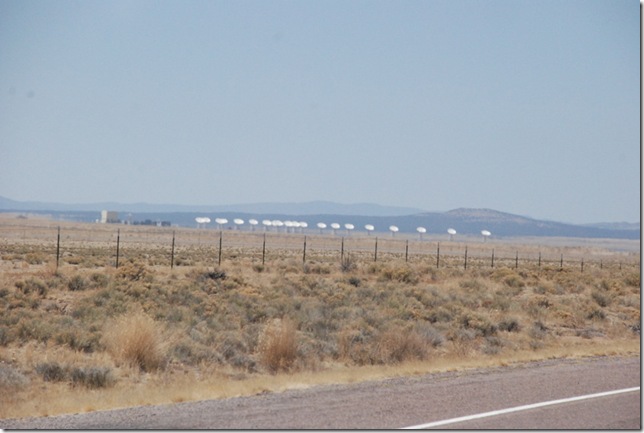

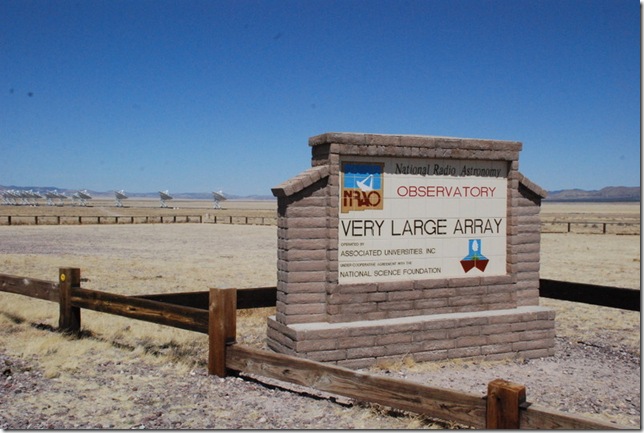

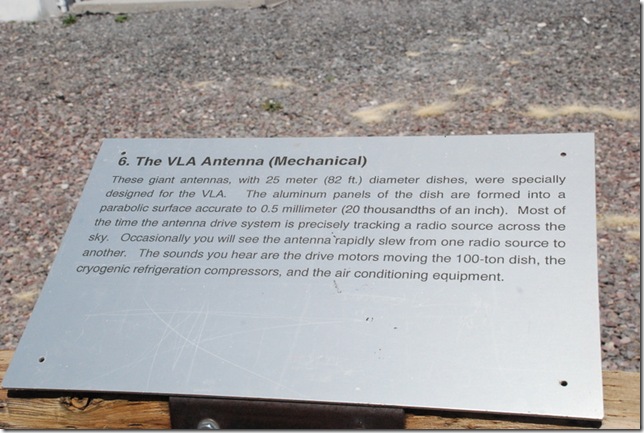
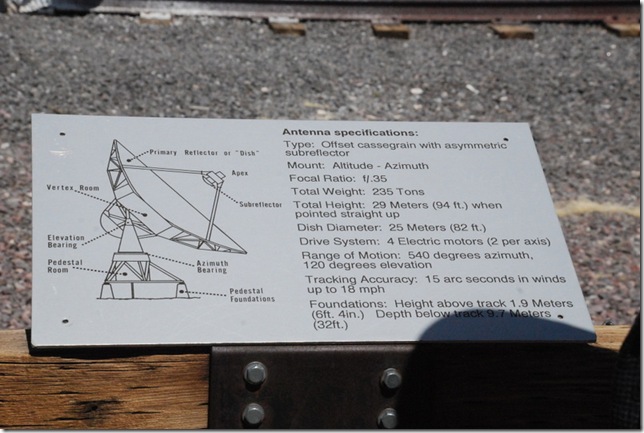

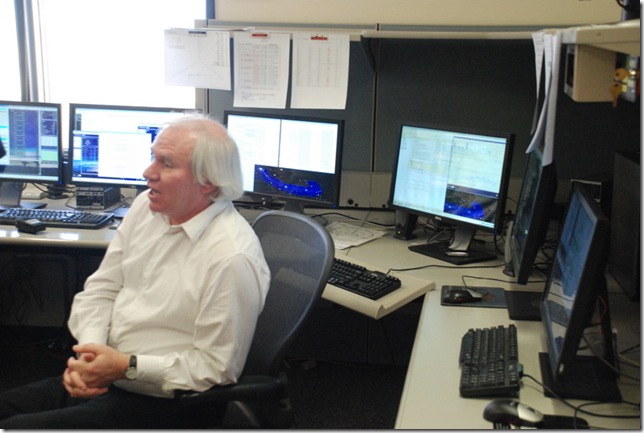
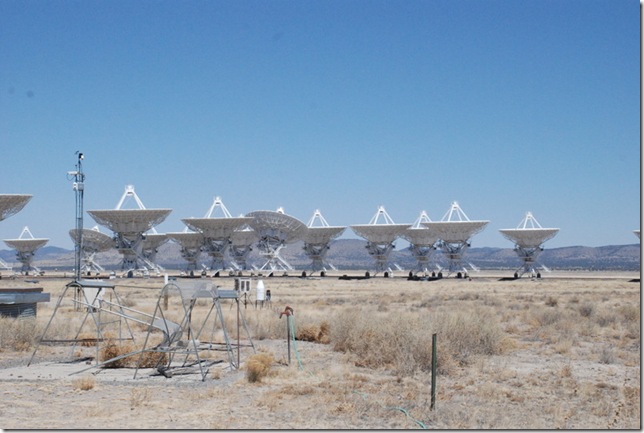
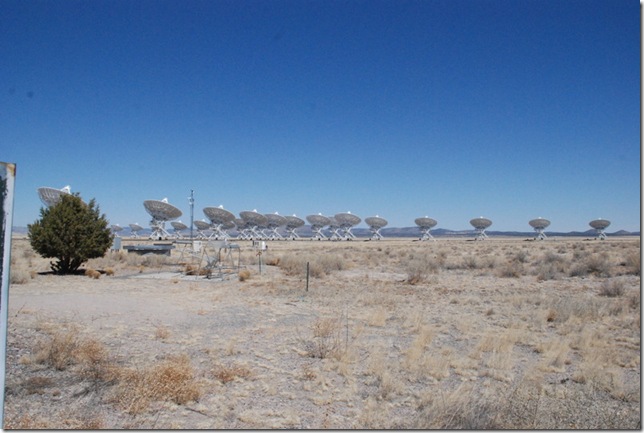
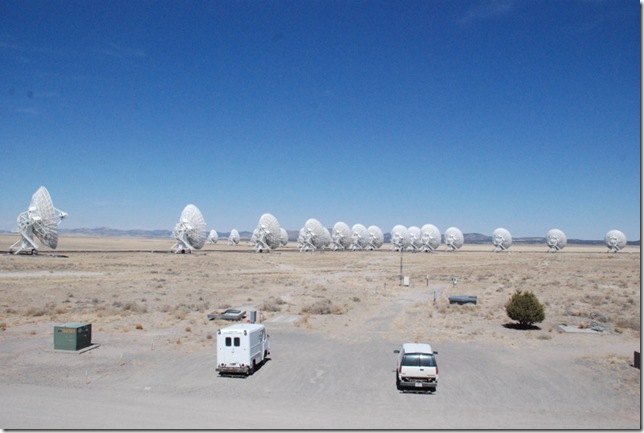

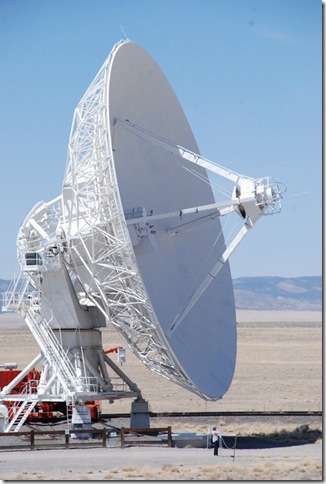

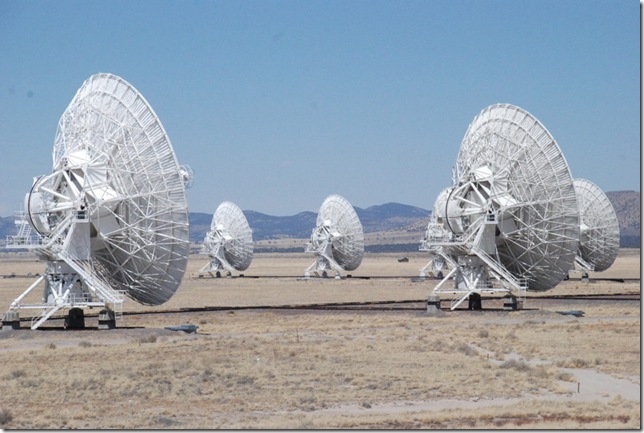

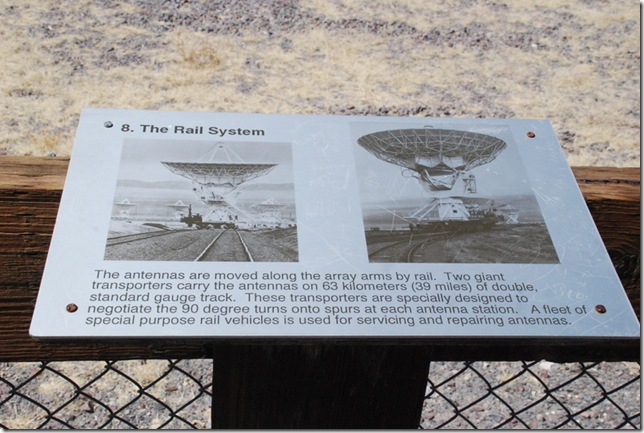
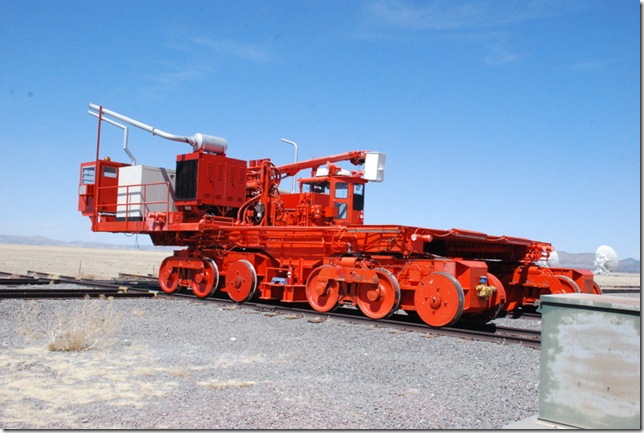
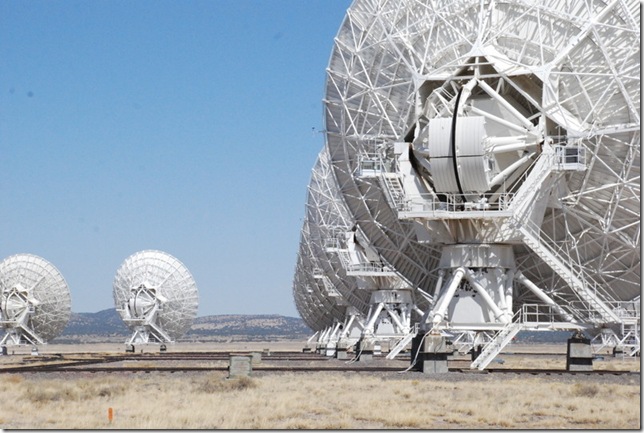

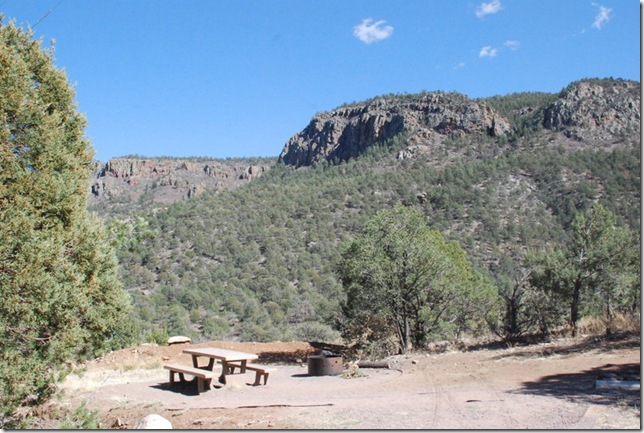
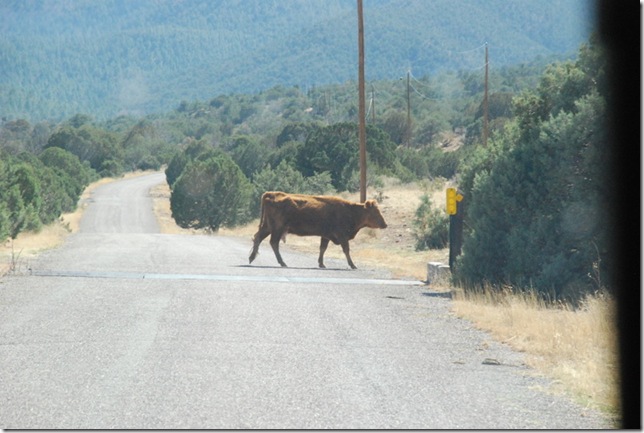

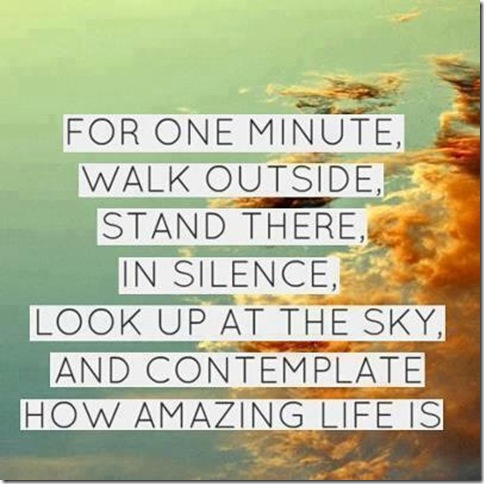


No comments:
Post a Comment